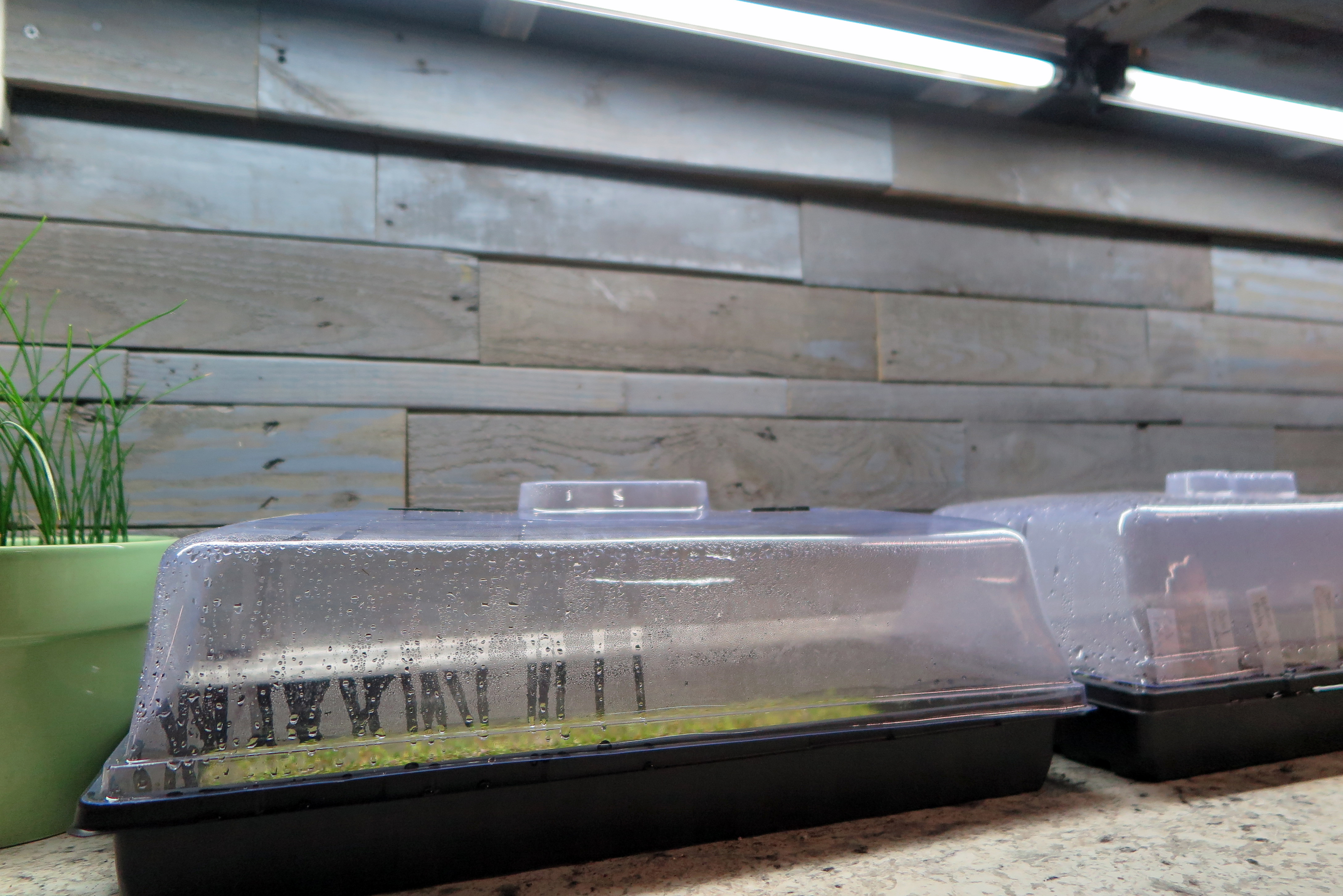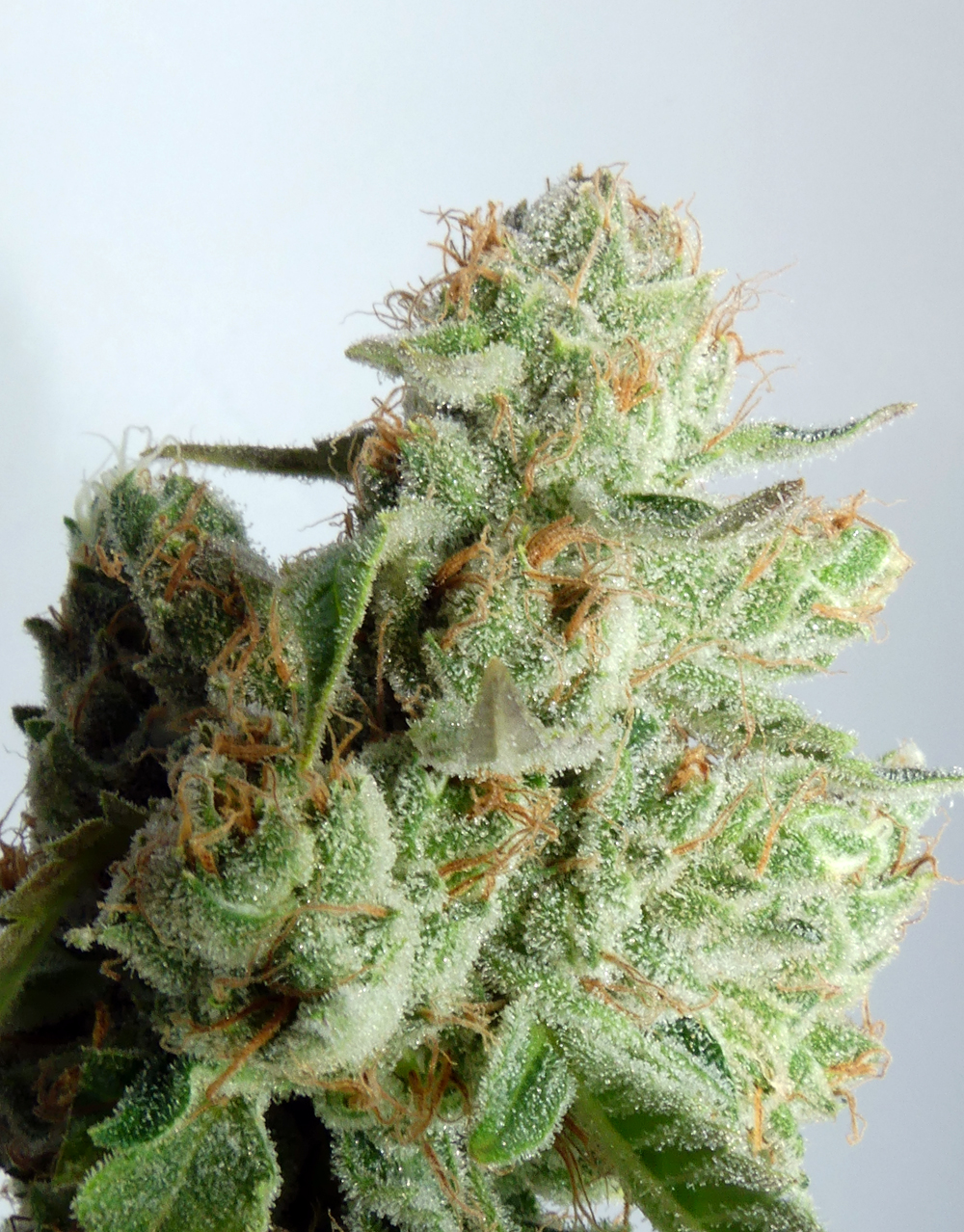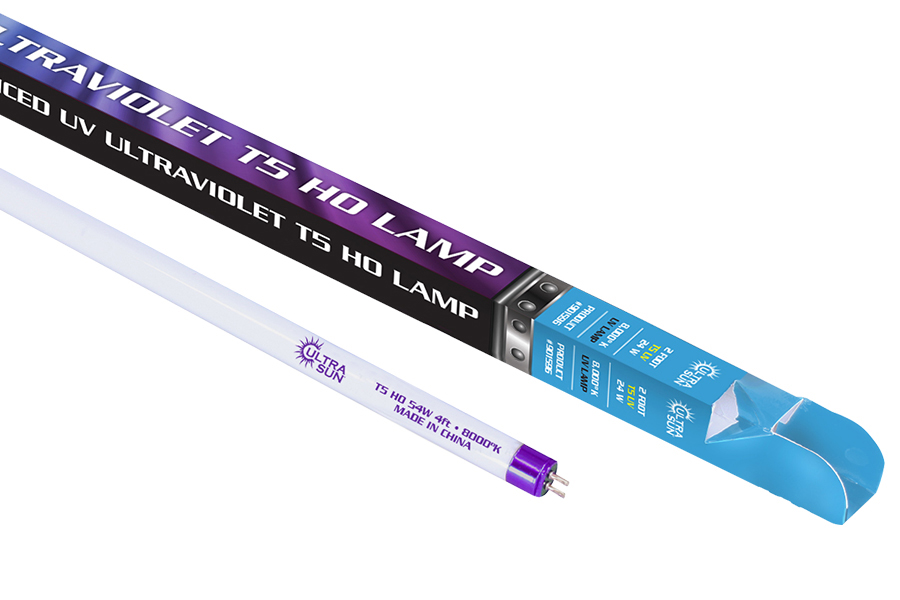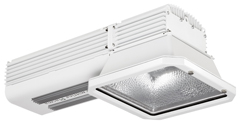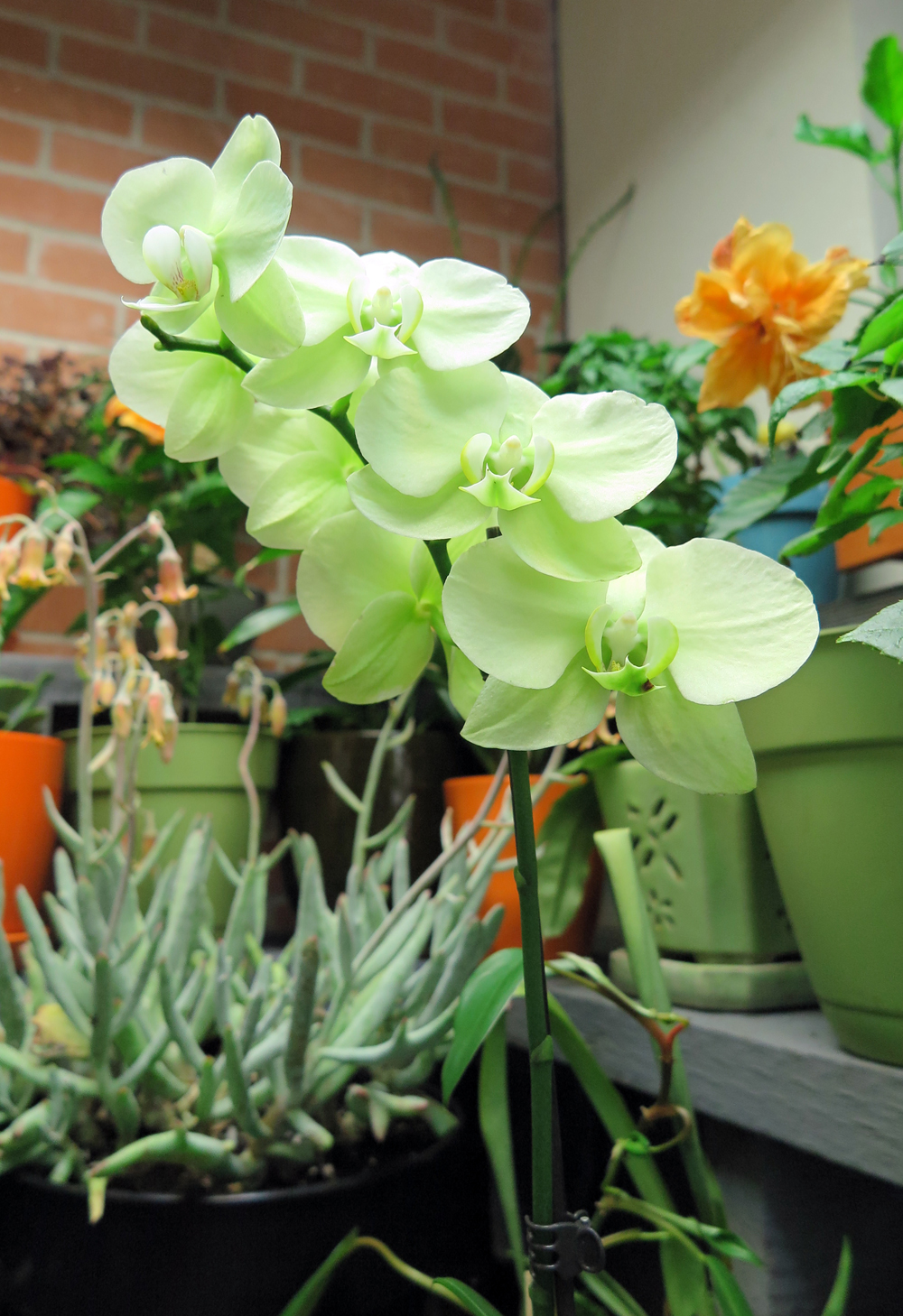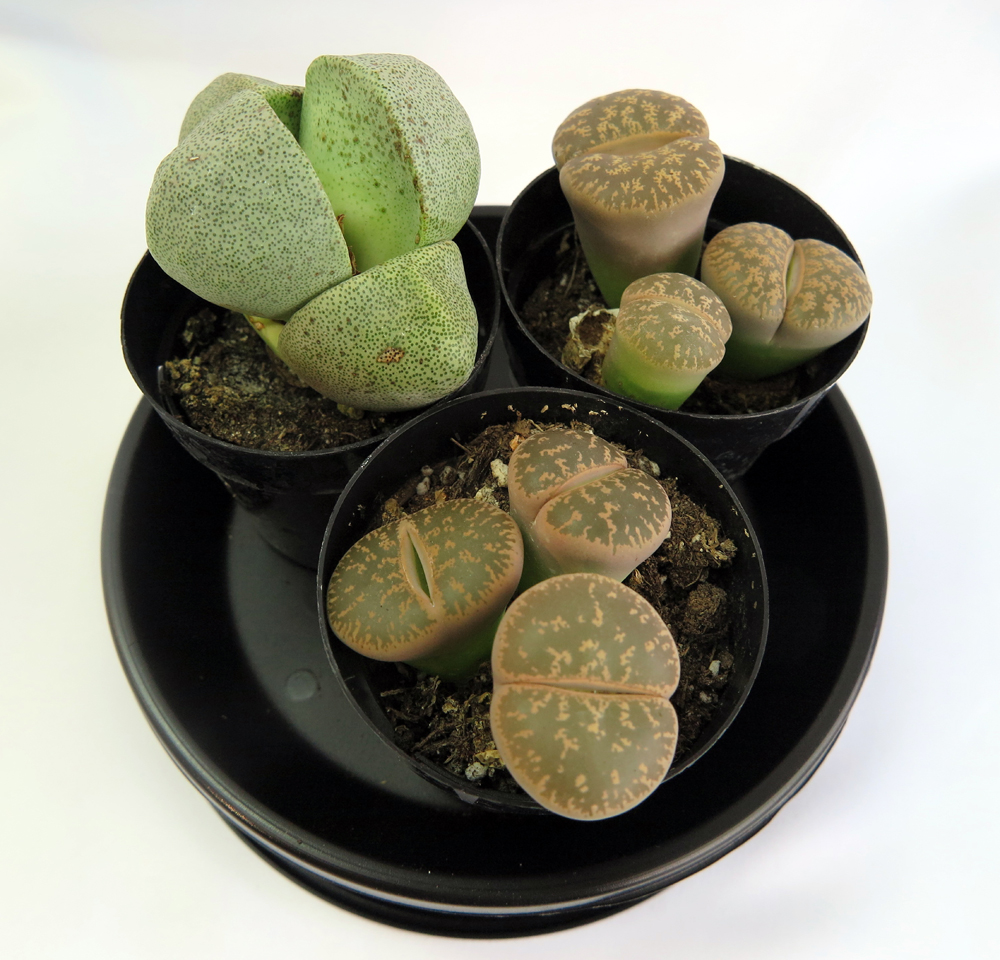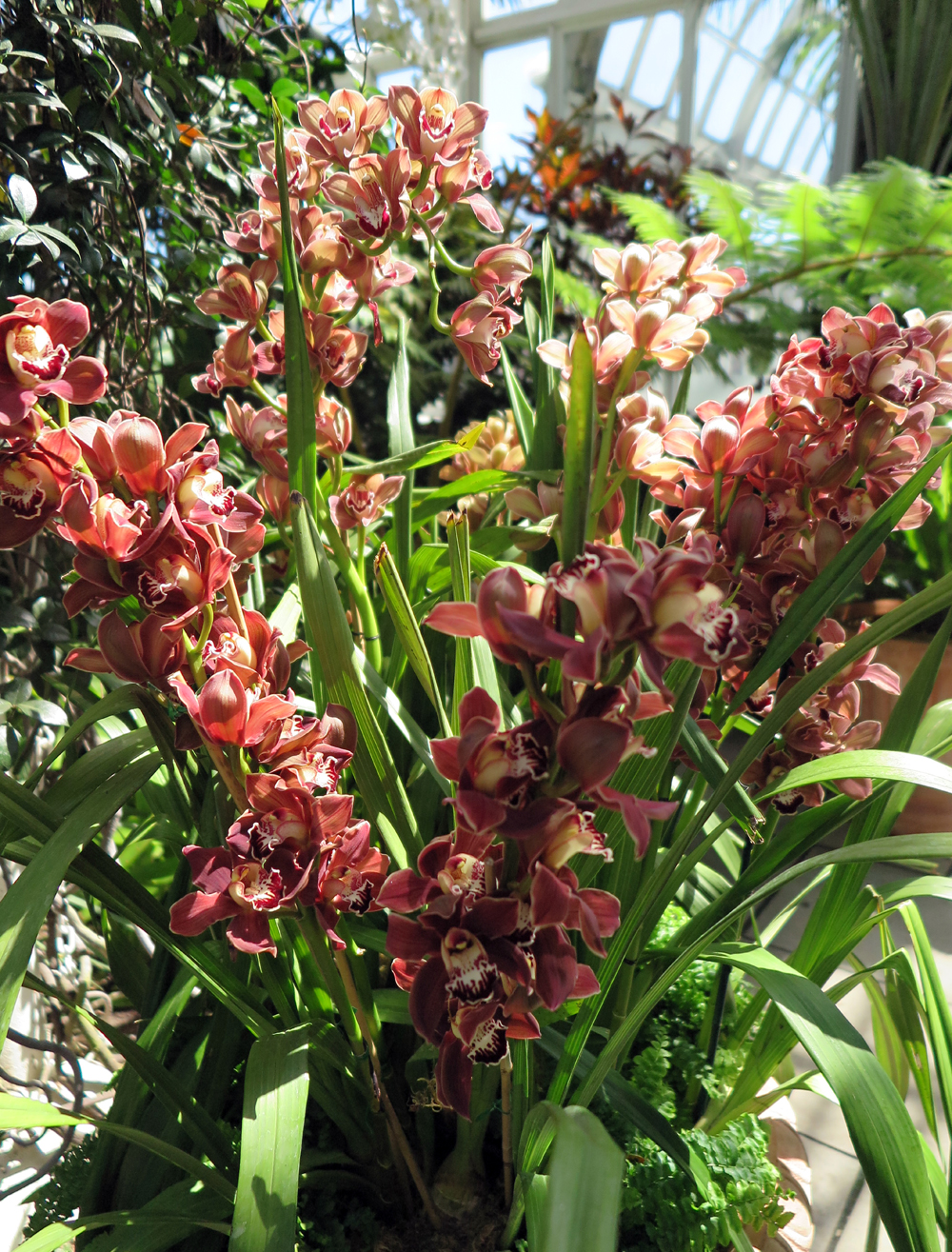Gardening Under Lights: Is it a SCANDALOUS book?
July 5, 2018
More than a few people (and reviewers) have made comments that there is cannabis information in my new book, "Gardening Under Lights: The Complete Guide for Indoor Growers", and they find that a bit scandalous or negative. So, I figured I’ll address why I included it. Well, I included it because my publisher asked me to include it.
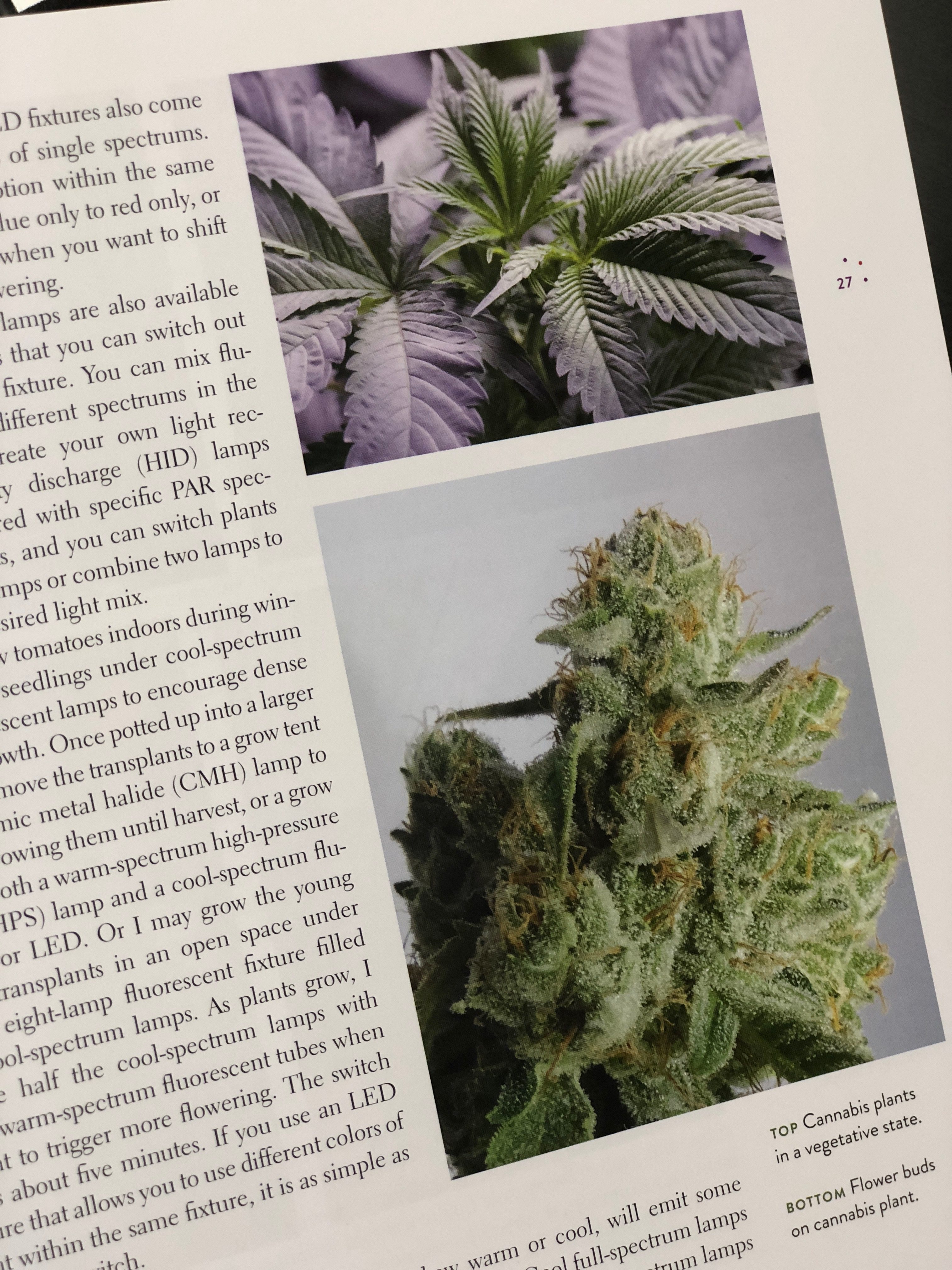
Yes, I do teach you about the basics of growing cannabis.
But first and foremost, I’m a professional horticulturist. It’s my job to study the “how” of growing plants -all sorts of plants- both outdoors and indoors. In turn, I then teach other people how to do it. I’ve never taken heroine, but I can tell you how to grow the beautiful poppies from which opium is created. Because I’m a horticulturist. As humans, we use a lot of plants for a lot of different purposes. Where would we be without food plants… medicinal plants…or plants we use for textiles? People and plants are co-evolved species as far as I’m concerned. Plants are not to be feared, but rather respected.
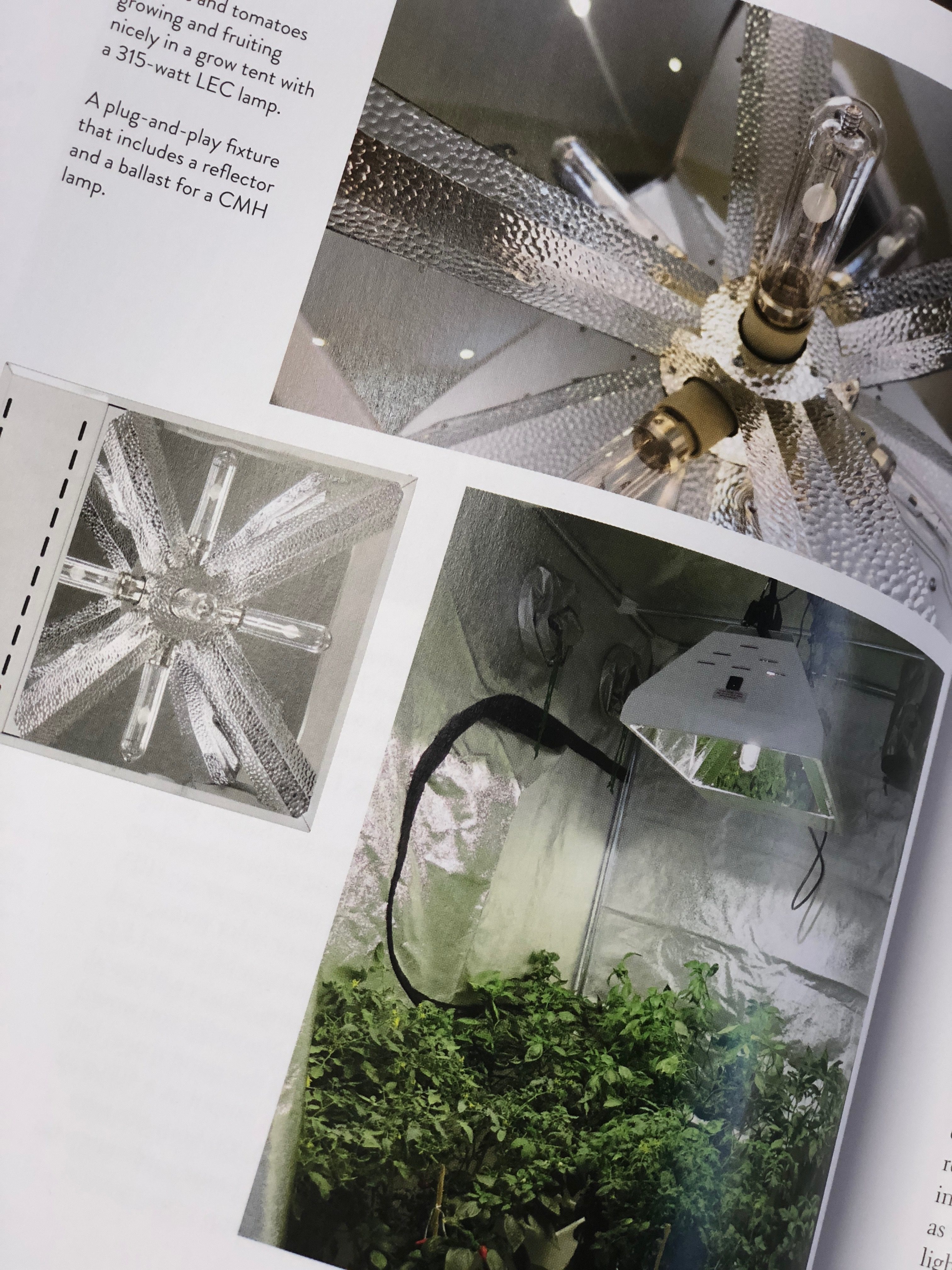
I love using LEC/CMH lamps for growing peppers and tomatoes indoors in winter.
I wrote this book so that all people interested in growing all sorts of plants indoors, would have access to a resource that met their needs – a resource that wasn’t solely focused on cannabis. Most of the indoor growing books out there are related to cannabis growing, and many are too anecdotal for my taste. If you want to grow tomatoes, or lettuce, or citrus indoors, you should have a book that gives you useful information specific to those crops – you shouldn’t have to slink around the bookstore with a cannabis-only growing book so you can figure out grow lighting.
However, growing cannabis is becoming more mainstream – so it seemed we’d be neglecting a key target consumer if I skipped cannabis altogether. Most of the indoor growing retail market – in terms of grow lights and environmental gear – is geared towards the cannabis growers. I also want to make sure that everyone else knows how to use the same gear to grow all the other wonderful plants they desire to keep indoors.
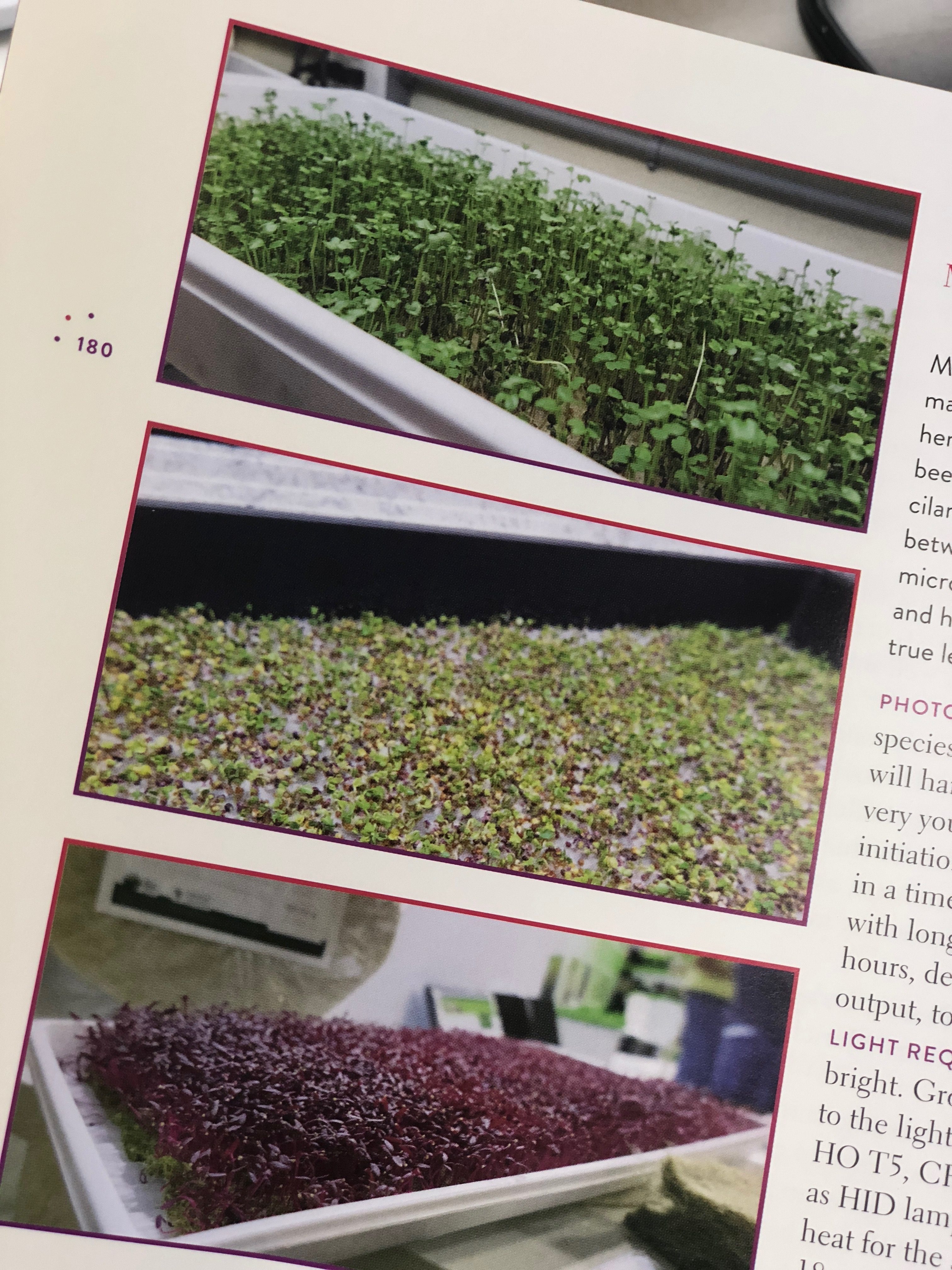
I'll teach you how to germinate seeds successfully and grow microgreens.
Frankly, I don’t find talking about how to grow Cannabis sativa any more scandalous than teaching you how to grow wine grapes or hops. Given all the tangible medicinal and textile uses and benefits of cannabis, I don’t see how learning a bit more about the plant itself should make anyone blush. But if it does make you blush (and that's OK), know that it’s tucked into the herb section and you’re welcome to skip it! If you're into growing cannabis (and it's legal for you to do so), then you can also rely on "Gardening Under Lights".
The beauty of my book is that its all-inclusive. All the science you’ll need, whether you want to grow tomatoes or cannabis indoors, is there for you to use. The information I provide on light science, grow lighting, environmental control, propagation, and pests and diseases can be used by anyone, growing just about anything, indoors. 😊

